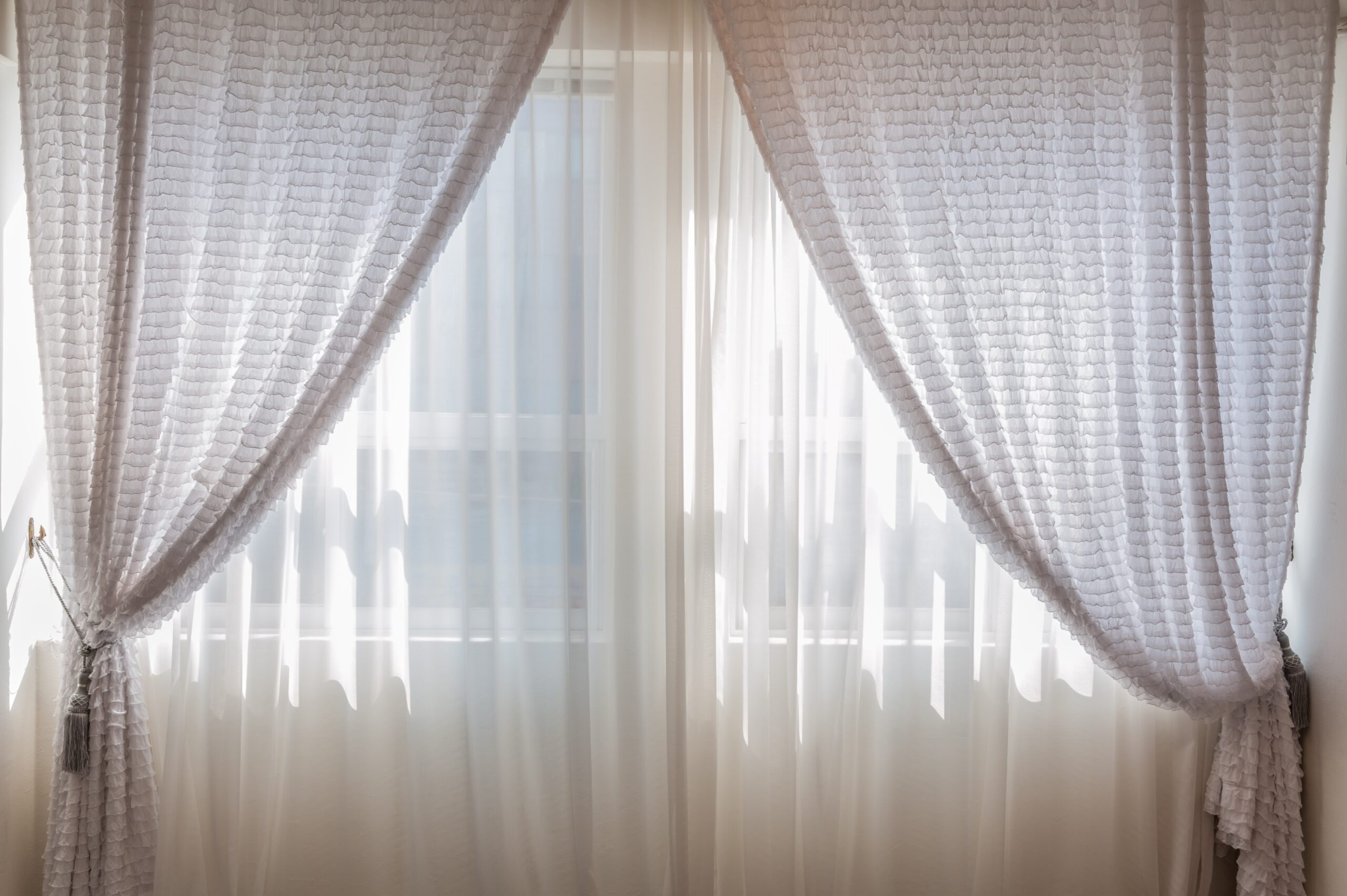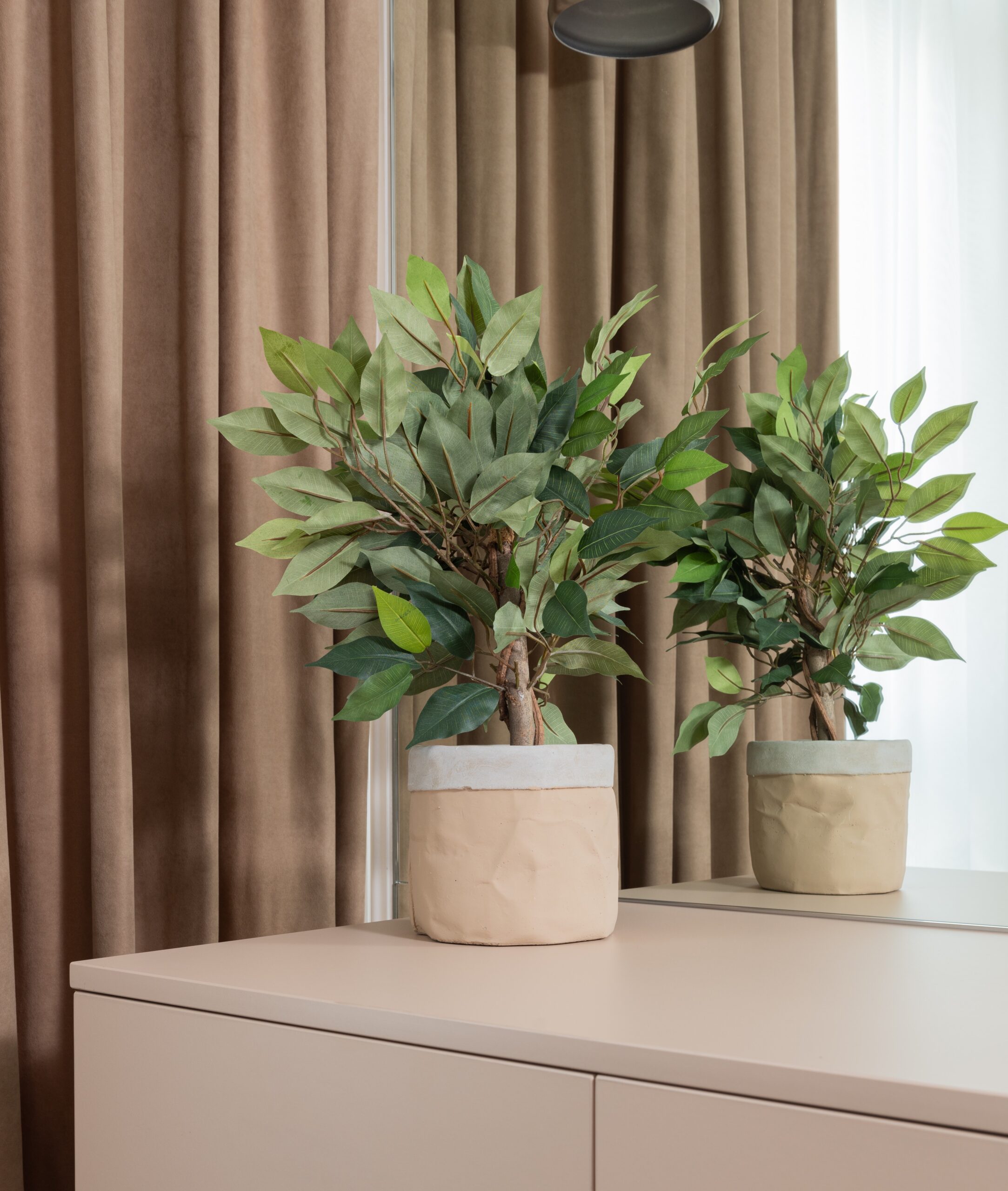Why You Should Never Ignore Water Damage on Carpets
Water damage is one of the most insidious threats to your carpets and home. While a small spill might seem harmless, water damage can lead to severe consequences if not addressed promptly and properly. Ignoring water damage on carpets can result in health risks, structural issues, and financial burdens. In this article, we’ll explore why you should never ignore water damage on carpets and provide guidance on how to handle it effectively.
Understanding Water Damage
Types of Water Damage
Water damage can originate from various sources, each with different implications:
- Clean Water: From sources like broken pipes or rainwater. It’s relatively safe but can still cause damage if not addressed.
- Gray Water: From appliances or bathwater, containing some contaminants. It poses a higher risk and requires careful handling.
- Black Water: From sewage or floodwaters, highly contaminated and hazardous to health.
Immediate Consequences of Water Damage
Carpet Deterioration
Water weakens the fibers of your carpet, leading to:
- Warping: The carpet may start to buckle and lose its shape.
- Discoloration: Stains and color changes are common after water exposure.
- Odor: A musty smell can develop, indicating mold growth.
Health Risks
Ignoring water damage can significantly impact indoor air quality, leading to:
- Mold and Mildew: These thrive in damp environments and can cause respiratory issues and allergies.
- Bacterial Growth: Water-soaked carpets can harbor harmful bacteria, posing health risks.
- Dust Mites: Moisture creates an ideal breeding ground for dust mites, exacerbating allergies and asthma.
Long-Term Effects of Neglecting Water Damage
Structural Damage
Water can seep through the carpet into the subfloor, leading to:
- Wood Rot: Prolonged exposure can cause wooden subfloors to rot and weaken.
- Foundation Issues: In severe cases, water can affect the structural integrity of your home.
Financial Impact
Delaying water damage repairs can result in higher costs due to:
- Carpet Replacement: Severely damaged carpets may need to be replaced entirely.
- Extensive Repairs: Structural damage can require costly repairs, including subfloor and foundation work.
Steps to Address Water Damage Immediately
Act Quickly
Time is of the essence when dealing with water damage. Follow these steps promptly:
- Identify the Source: Locate and stop the source of water to prevent further damage.
- Remove Excess Water: Use towels, mops, or a wet/dry vacuum to remove as much water as possible.
- Ventilate the Area: Open windows and doors to increase air circulation and aid drying.
Dry the Carpet Thoroughly
Proper drying is crucial to prevent mold growth:
- Lift the Carpet: If possible, lift the carpet to allow air to reach the underside.
- Use Fans and Dehumidifiers: Place fans and dehumidifiers in the room to speed up the drying process.
- Check Underlay and Padding: Remove and replace any saturated underlay or padding, as these can retain moisture and promote mold growth.
Sanitize and Clean
To prevent bacterial and mold growth, sanitize the affected area:
- Disinfect the Carpet: Use a carpet-safe disinfectant to kill any bacteria or mold spores.
- Clean Thoroughly: Once dry, clean the carpet using a suitable carpet cleaner to remove any residual dirt and contaminants.
Professional Help: When to Call the Experts
Assessing the Severity
If you’re unsure about the extent of the damage or if the water is from a contaminated source (gray or black water), it’s best to seek professional help.
Benefits of Professional Services
- Expertise: Professionals have the knowledge and experience to handle water damage effectively.
- Specialized Equipment: They use industrial-grade equipment for thorough drying and cleaning.
- Preventive Measures: Experts can apply treatments to prevent mold growth and further damage.
Preventive Measures for Future Protection
Regular Inspections
Conduct regular inspections to identify potential water damage sources:
- Check for Leaks: Inspect plumbing and appliances for leaks.
- Inspect Roofing: Ensure your roof is in good condition to prevent water ingress.
- Monitor Humidity: Use a hygrometer to keep an eye on indoor humidity levels.
Proper Maintenance
Maintain your carpets and home to reduce the risk of water damage:
- Clean Carpets Regularly: Regular cleaning helps to maintain the carpet’s condition and prevents buildup of dirt that can retain moisture.
- Address Spills Immediately: Quickly clean up any spills to prevent moisture from penetrating the carpet.
- Use Waterproof Barriers: Consider using waterproof underlay or carpet padding in areas prone to moisture.
Conclusion: Act Now to Protect Your Home
Water damage on carpets should never be ignored. Acting promptly can prevent serious health risks, structural damage, and financial losses. Whether dealing with minor spills or major flooding, the key is to address the issue immediately and thoroughly. Regular maintenance and preventive measures can also go a long way in protecting your carpets and ensuring a healthy, safe living environment.
Remember, when in doubt, professional help is always a wise choice to ensure your carpets and home are properly cared for. Don’t wait for the problem to escalate – take action now to safeguard your home from the hidden dangers of water damage.



Contact Us
Our team of experienced and certified technicians will work diligently to clean every nook and cranny of your carpets, leaving them refreshed and looking like new again. In addition, we also offer a wide range of other services such as upholstery cleaning, pet stain removal, and more.
